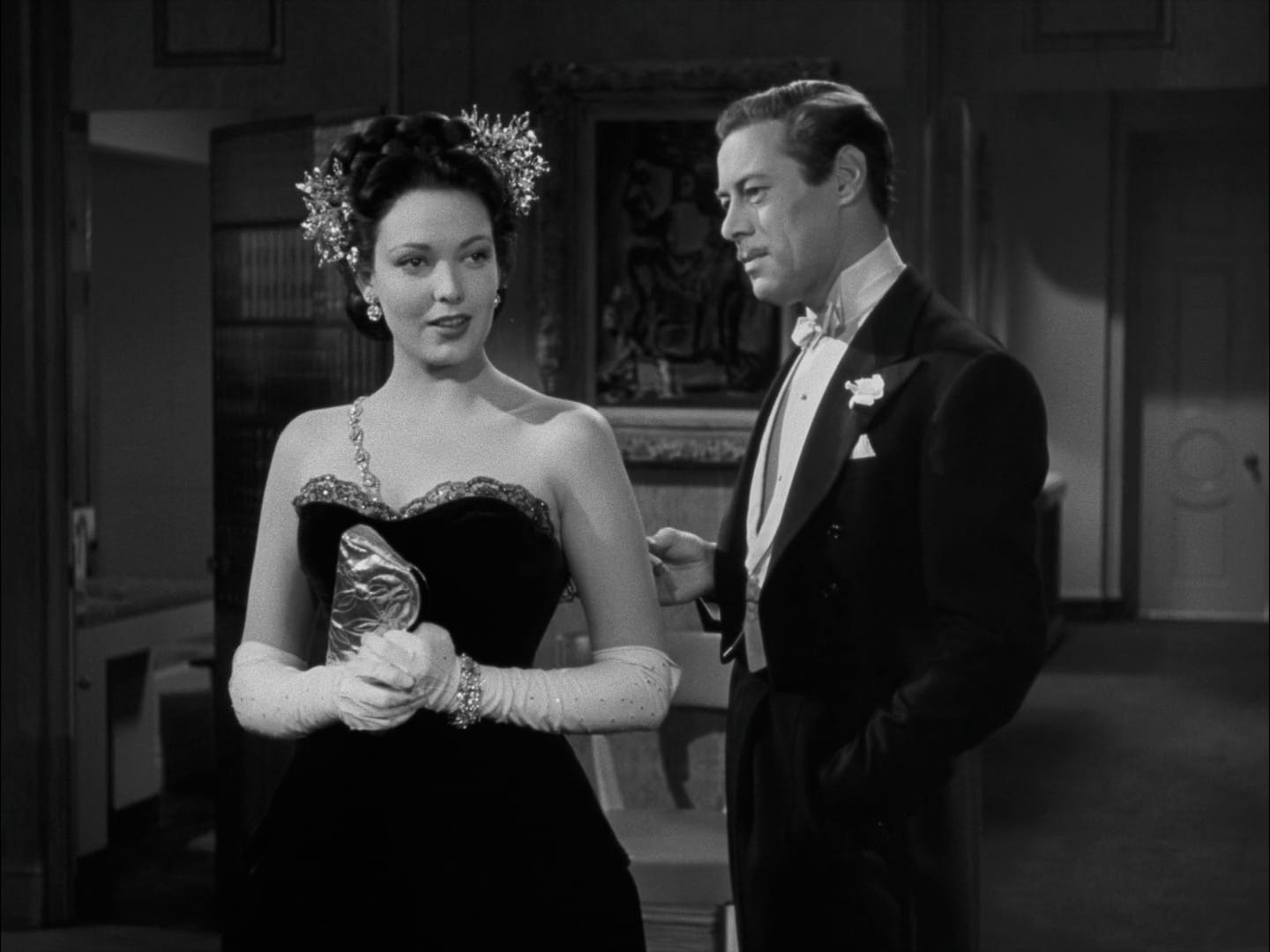Linda Darnell’s Tough and Timeless Women

Her entrance in the film is impossible to forget. She swings into the scene to serve a patron some coffee, holding a cup in one hand and a book in the other. Her diamond-shaped face is obscured, but her aura captivates immediately. Her marbly eyes widen when she hears that the man she just served is a Hollywood hotshot scouting for talent. She is a seventeen-year-old waitress in an Arkansas college town, a place that cannot contain her dreams. Her name is Carolyn Sayres, and she wants to make good in Hollywood.
Walter Lang’s Star Dust (1940) did not place great demands on its leading actress, Linda Darnell, but it put her star wattage on such vibrant display that it announced the arrival of one of the decade’s most
Darnell would go on to prove herself many times over during the course of the 1940s, often battling the industry’s perception that she was just a great beauty of finite acting ability. The raft of characters she played during that decade ran the gamut from kindhearted innocents to vulpine schemers, and Darnell was more than convincing in all these roles, injecting them with passion and blood. She bent nimbly to the needs of different genres—the swashbuckler (Rouben Mamoulian’s The Mark of Zorro, from 1940), the western (John Ford’s My Darling Clementine, from 1946), the bodice-ripping period piece (Otto Preminger’s Forever Amber, from 1947)—without losing what made her unique: an intoxicating mystique that never seemed emotionally opaque.







